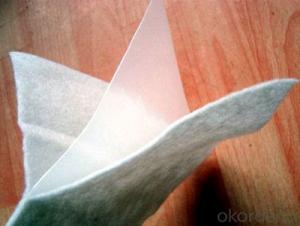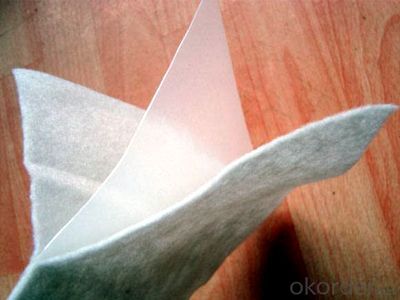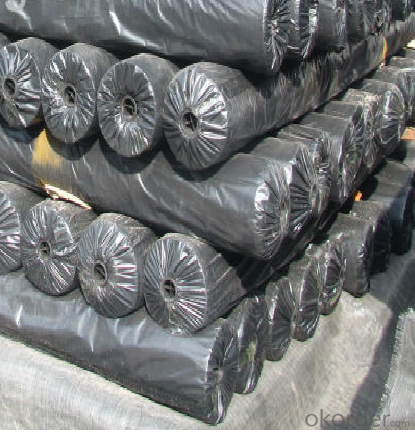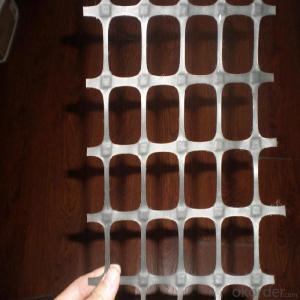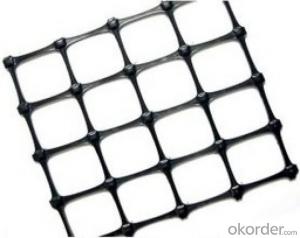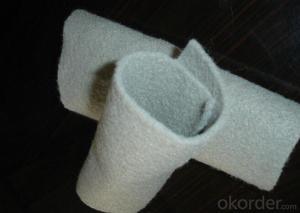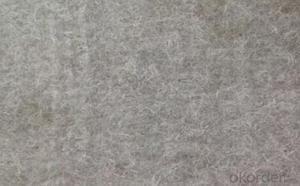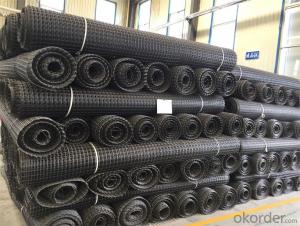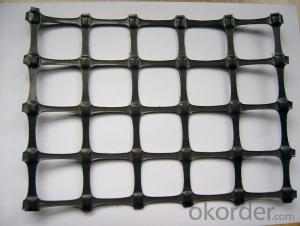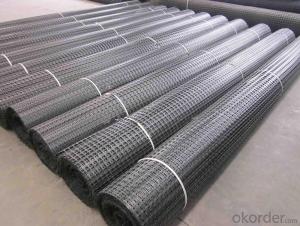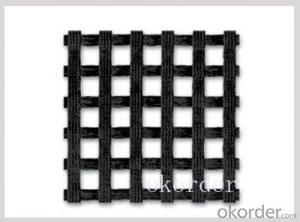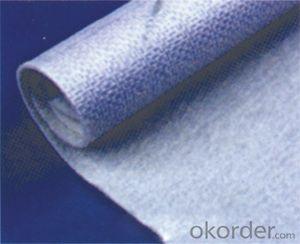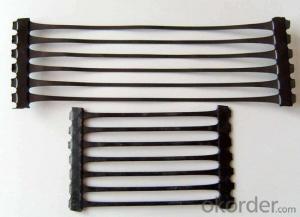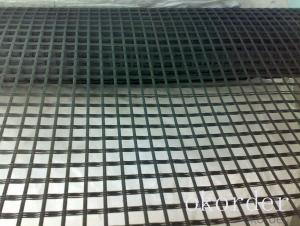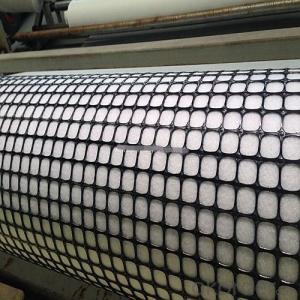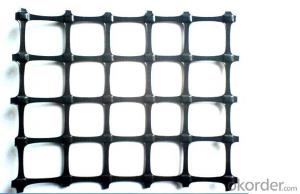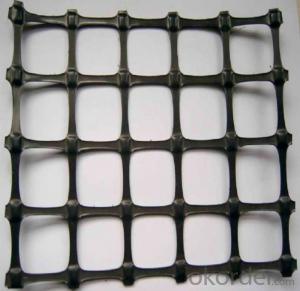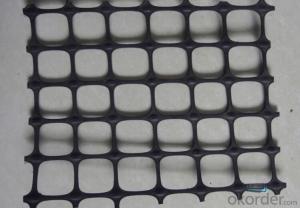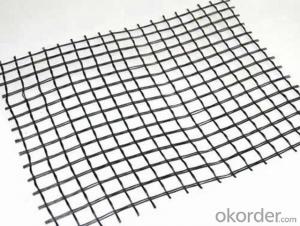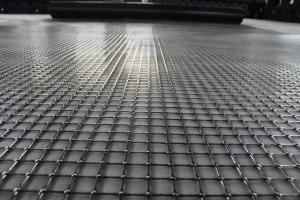Uniaxial and Biaxial Geogrids Reinforced Composite Geotextile with Membrane and Nonwoven Geotextiles for Civil Engineering
- Loading Port:
- Qingdao
- Payment Terms:
- TT OR LC
- Min Order Qty:
- 500 m
- Supply Capability:
- 50000 m/month
OKorder Service Pledge
OKorder Financial Service
You Might Also Like
Specifications
composite geotextile with membrane,nonwoven Geotextiles In Civil Engineering
1) Weight:100gsm-1500gsm
2) width:Within 8m
3)le
composite geotextile with membrane,nonwoven Geotextiles In Civil Engineering
Product Description
Geotextiles also called geotextile fabrics, it’s permeable geosynthetics made of synthetic fibers through woven or needle punched.
Geotextiles including :needle punched nonwoven geotextile , filament woven geotextile , split yarm PP woven geotextile,composite geotextile + geomembrane,Geotextile Bags.
1) Staple fibers needle punched non woven geotextile
The geotextile is made of polypropylene staple fibers on cross-laying equipment and needle punched equipment.
It owns the advantages of acid and alkali resistance, erosion resistance, aging resistance, large strength, stable size, good filtrability etc.
2 ) Filament non woven geotextile
Filament geotextile has features as follows: High strength, good capacity of elongation and high biology tolerance, alkali tolerance, acidity tolerance, weather resistance good filtration and fine drainage capacity etc. Also it is of low cost, easy in construction and use effects.
3) Geotextile membrane:
1. One piece of geotextile and one piece of membrance :Wight:100~1000/m2 , Thickness : 0.1~1.5mm
2. Two piece of geotextile and one piece of membrance :Wight:80~600/m2 , Thickness : 0.2~1.5mm
3. One piece of geotextile and two piece of membrance : Wight:100~1000/m2 , Thickness : 0.1~0.8mm
4. multi-layers :Wight:100~1000/m2 , Thickness : 0.1~0.8mm
Flexibility is good,except of geotextile's isolation,drainage, reinforcement,protective functions,It is also impermeable.
Usage: Widely used in dam,traffic tunnel,road,airport,drainage,housing,environmental protection and other fields for waterproof protection,reinforcement etc.
- Q: Can geogrids be used in reinforcement of bridge abutments on soft clays?
- Yes, geogrids can be used in the reinforcement of bridge abutments on soft clays. Geogrids are commonly used in geotechnical engineering to improve the stability and strength of soil structures. In the case of bridge abutments on soft clays, geogrids can provide lateral reinforcement and enhance the load-bearing capacity of the soil, reducing settlement and improving overall stability.
- Q: What is the meaning of the geogrid reinforced asphalt in the project list
- You are not me, I was the construction of geogrid manufacturers, generally used in the mygeogrid on the road of geogrid is fiberglass geogrid, in your compacted Subgrade after injection will then laying a layer or several layers of fiberglass geogrid, after paving asphalt, the operation process is this, geogrid and asphalt is two kinds of different products
- Q: How to shop on the road surface of the two
- Each product has a link hole, we also have a professional link accessories. There are circular holes, there are flat holes.
- Q: Definition of GeotextilesWhat are what material, what role
- Geotextiles and geotextile, which is permeable geosynthetic materials made of synthetic fiber by acupuncture or woven cloth. The finished product is the general shape, width of 4-6 meters, the length of 50-100 meters. Geotextiles are divided into nonwoven geotextiles and geotextile geotextile. The cloth has excellent filtration, isolation, reinforcement and protection function, high tensile strength, good permeability, high temperature resistance, anti freezing, aging resistance, corrosion resistance.
- Q: How do geogrids improve the stability of embankments?
- Geogrids improve the stability of embankments by providing additional reinforcement to the soil. They are made of high-strength materials and are placed within the soil layers to distribute the load more evenly. Geogrids increase the friction between the soil particles, preventing excessive movement and settlement. This reinforcement helps to resist the forces of gravity and external loads, ultimately enhancing the overall stability and longevity of the embankment.
- Q: What is the difference between Geogrid TGSG and GSL?
- GSL is the code for the two-way stretch geogrid in the standard JT/T480-2002 of the Ministry of Communications
- Q: What are the differences between geogrids and geocells?
- Geogrids and geocells are both geosynthetic materials used in civil engineering applications, but they have some key differences. Geogrids are typically flat, grid-like structures made of polymer materials such as polyester, polypropylene, or fiberglass. They are used to provide tensile strength and stability to soil and aggregate materials. Geogrids are commonly used for soil reinforcement, slope stabilization, and retaining wall construction. They are installed by laying them on the surface or embedding them within the soil. On the other hand, geocells are three-dimensional honeycomb-like structures made of high-density polyethylene (HDPE) or polypropylene (PP). Geocells are used for soil confinement and erosion control. They are primarily used to create stable and load-bearing structures on weak or unstable soils. Geocells are installed by expanding and interconnecting them to form a cellular network, which is then filled with soil, aggregate, or other materials. In summary, the main difference between geogrids and geocells lies in their structure and application. Geogrids provide tensile strength and stability to soil, while geocells offer soil confinement and erosion control capabilities.
- Q: What are the benefits of using geogrids in soil reinforcement?
- Geogrids provide numerous benefits in soil reinforcement. Firstly, they improve the stability and strength of the soil by distributing loads more evenly, thus reducing the risk of soil erosion and slope failure. Secondly, geogrids enhance the bearing capacity of weak soils, allowing for the construction of structures on otherwise unsuitable ground. Additionally, they can minimize settlement and differential movement, ensuring long-term durability of the reinforced soil structure. Moreover, geogrids are cost-effective, lightweight, and easy to install, making them a preferred choice for soil reinforcement projects.
- Q: The future of geotechnical materials
- steel-plastic composite geogridThe steel plastic geogrid with the high strength steel wire, through the special treatment, and PE, and the addition of other additives, through extrusion to make it into a composite high tensile band, and the surface of the coarse grain, it is high strength reinforced geotextile. The single belt is formed by the longitudinal and horizontal spacing or the clamping arrangement, and the welding joint is formed by adopting the welding technology of special strengthening bonding to weld the joint.
- Q: Can geogrids be used in reinforcement of bridge approach embankments over soft soils?
- Yes, geogrids can be used in the reinforcement of bridge approach embankments over soft soils. Geogrids are commonly employed in such applications to enhance the stability and strength of the embankment by distributing the loads and reducing settlement. They provide additional tensile strength and improve the overall performance of the embankment, making it a suitable solution for addressing the challenges posed by soft soils in bridge approach embankments.
Send your message to us
Uniaxial and Biaxial Geogrids Reinforced Composite Geotextile with Membrane and Nonwoven Geotextiles for Civil Engineering
- Loading Port:
- Qingdao
- Payment Terms:
- TT OR LC
- Min Order Qty:
- 500 m
- Supply Capability:
- 50000 m/month
OKorder Service Pledge
OKorder Financial Service
Similar products
Hot products
Hot Searches
Related keywords
